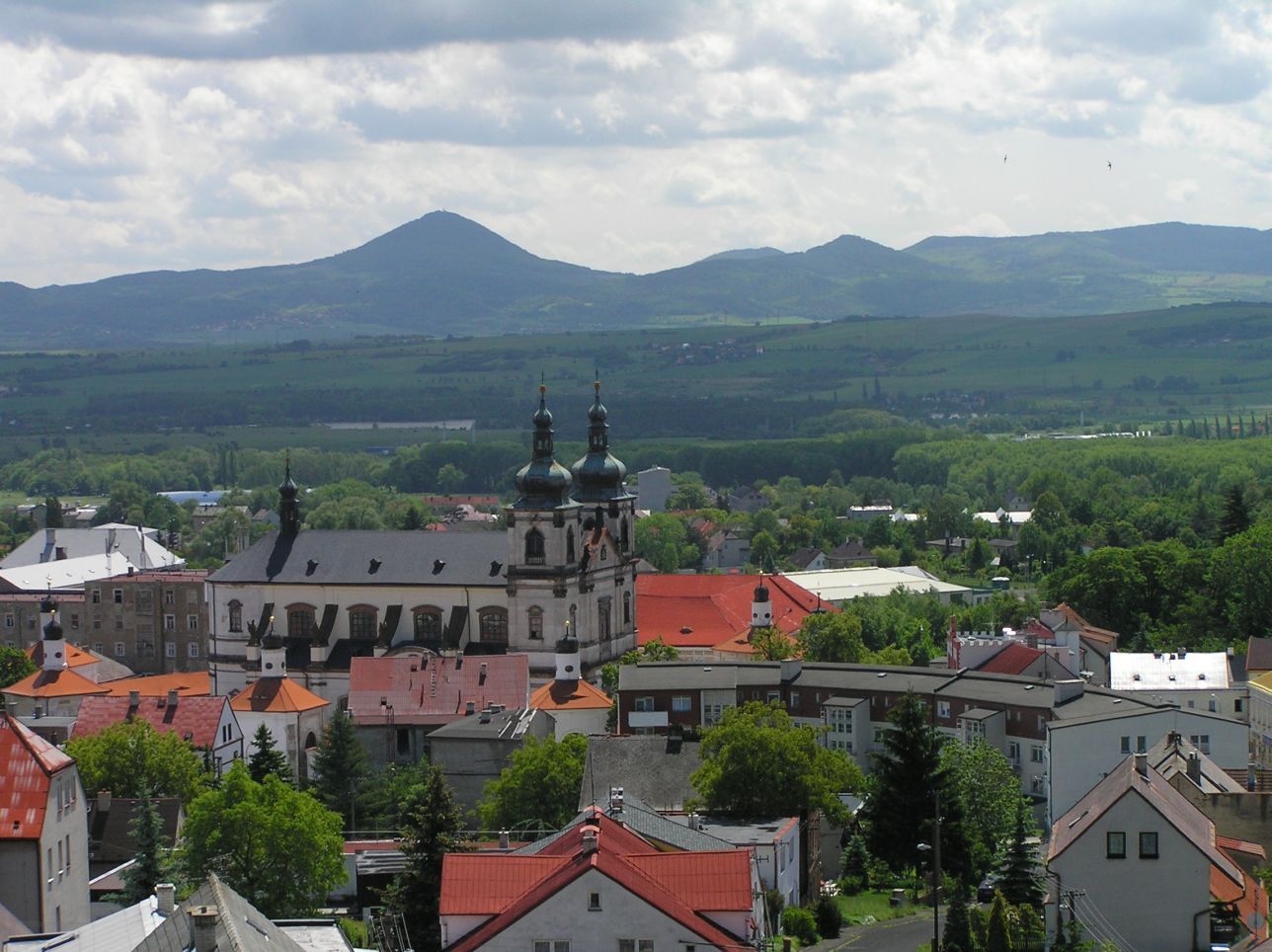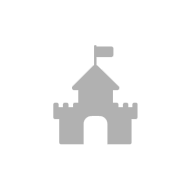This originally wooden chapel gave rise to the legend of the Bohosudovský miracle and it was built on the site of a grave of crusaders killed by the Hussites after the Battle at Na Běhání near Ústí nad Labem ; the chapel has become a famous place of pilgrimage. . In 1443 it was replaced with a stone chapel that was rebuilt by Albrecht Libštejnský into a Gothic church in 1507. Two years later a tall wall with seven chapels was added to the church. In the church gardens you will find a chapel with a spring, which is said to have medicinal properties. From the estate of Marie Ann von Bleyleben, who left all her earthly assets to the Church, the Jesuit Order established a foundation whose proceeds were to found a grammar school in 1679 and to construct a new Baroque Church of the Seven Sorrows of the Blessed Virgin Mary. The church was built in 1701 - 1706 by the excellent architects of Italian origin Guilio and Octovio Broggio. In the 18th century there were 100,000 pilgrims coming to visit this church every year. Amongst the pilgrims there were also highly privileged people such as Saxon nobility. The pilgrimages were organised until the outbreak of the Second World War. At the end of the 20th century the tradition was renewed and the Virgin Mary pilgrimage is organised every Saturday and Sunday after the holiday celebrating the birth of the Blessed Virgin Mary on 8 September.
































